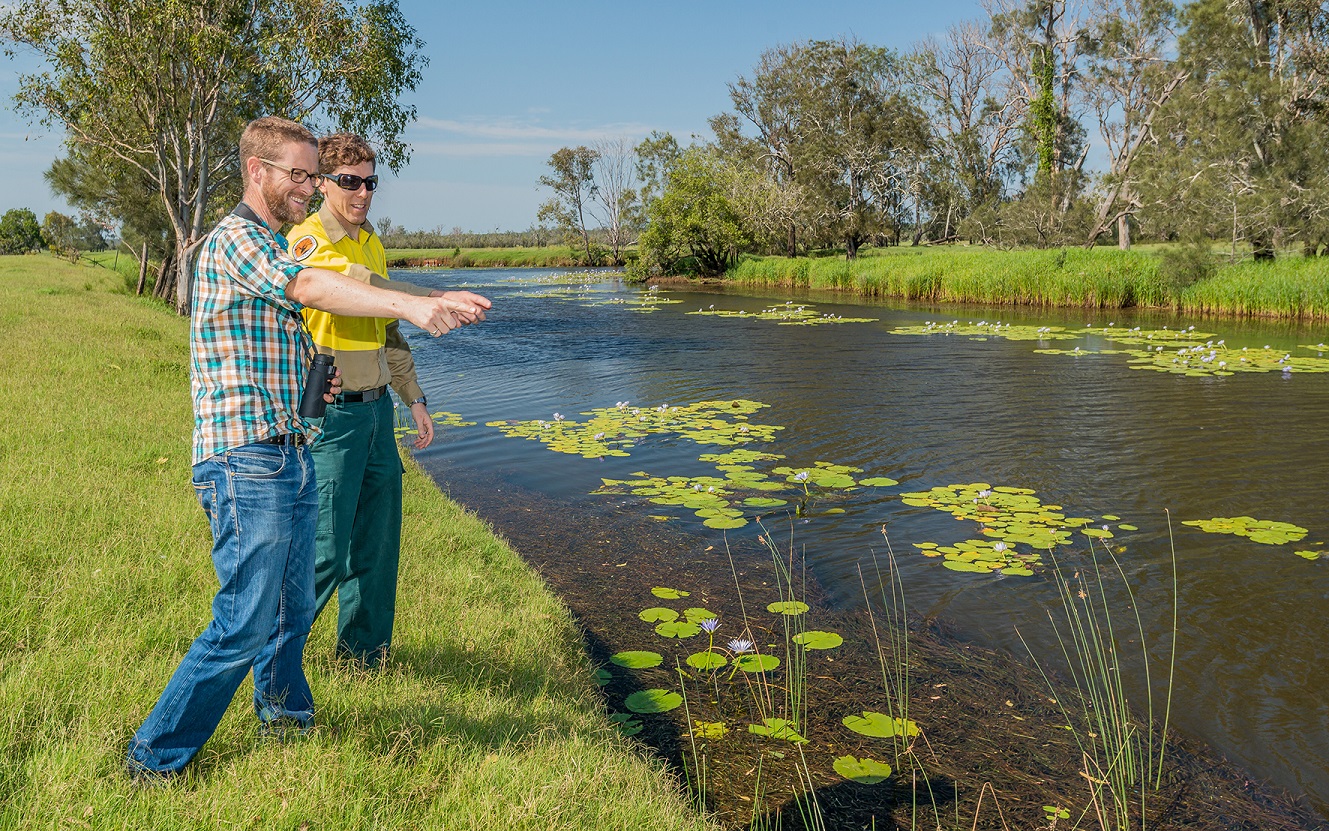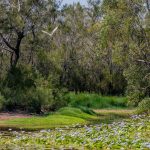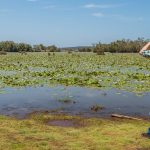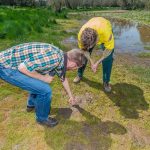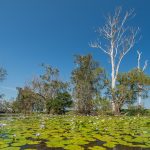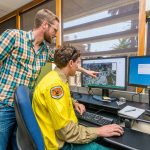It has been said that you can have data without information but you can’t have information without data, and that’s one of the reasons the NSW Office of Environment and Heritage (OEH) is opening its massive BioNet database to the world.
OEH strives to protect and conserve the NSW environment and has been working closely with Microsoft in recent years to drive greater environmental outcomes by making its data open and accessible.
Recognising that the best decisions are based on the most up-to-date and accurate information available, OEH is throwing open its biodiversity records using OData (the Open Data protocol) – the standard for open data.
Sustainability is at the heart of OEH, which invests in research and education and provides support to communities, business and government in order to make positive changes to the environment. OEH collects valuable data around biodiversity, endangered species and native vegetation, but as with many similar organisations, its data was tied up in many systems – providing stakeholders with limited and difficult access.
With more than 13 million records going back since the 1770s, OEH needed a smart solution to provide its stakeholders with immediate access to their data in order to inform better decision- making to help maintain and enhance the biodiversity of NSW. With that in mind, OEH set out to improve the way they provide data as a service to government, ecological consultants, citizens and other interested organisations.
James Bibby, Senior Scientist, Biodiversity Information Systems, said: “At OEH we quickly realised that being successful in sharing our data was more than simply opening the door. We had many challenges we needed to consider, from reducing the cost and complexity of integration for clients, to ensuring that the data could be correctly and consistently interpreted. This led us to select OData as the standard for our open data web services project.”
The agency turned to Microsoft to enable the Office with the technology to support what they were trying to achieve. Leveraging Microsoft .Net and SQL Server’s native support of OData was the most supportive and cost effective way to make this possible in a short space of time.
Previously, users relied on traditional data requests and manual downloads to keep up-to-date, but they now have a reliable real-time solution for their biodiversity information. OEH continues to be the trusted source of biodiversity data for the State – with the hope in the near future to enable the community to contribute back to the pool of vital information in real-time.
Microsoft has worked closely with OEH to implement the OASIS standard OData open data protocol. “OEH have realised that the way to make its data more accessible is to provide it as a service. Many other agencies have made data available as CSV, PDF or HTML files, but a lot of people who want to consume the data find that getting it in a static format, like these kinds of files, is not very useful,” said Geoff Clarke, Regional Standards Officer, Microsoft.
“From what we see in many open government projects around the world, it’s not enough just to offer raw data. For the data to be really useful it needs to be current, in context and properly curated. The only way to really achieve this is through a data service that is part of a well-thought out and flexible data model. OData is an open standard protocol that can support all these requirements. Of course, it still takes a team that is capable of putting together and supporting a great data service – and this is what the Microsoft/OEH team have delivered.”
“Now, if you run a query or a request for data, you get immediate response and data you can trust. The Office of Environment and Heritage are leading the way in terms of making useful data open to the public in a real-time fashion. This kind of service not only helps in getting the public educated and involved, but allows scientists from around the world to work together to solve the environmental issues we all face,” added Mr Clarke.
Mr Bibby believes the value-add Microsoft contributed was two pronged. “Microsoft is incredibly active in the standards community, which enabled us to put our trust in their expertise to implement the standard, and secondly, Microsoft’s account team was able to provide valuable support for us in terms of interpreting how the software worked and how it should be utilised to get the most value out of it.”
“One of the key benefits of this journey has been that we didn’t have to invest valuable project time in inventing, documenting and supporting a new Application Programming Interface (API). Microsoft has significantly reduced the time, effort and cost barriers in order for us make our data open. We were also able to use existing dot net libraries and SQL server capabilities to publish our data,” Mr Bibby said.
“Our partnership with Microsoft has enabled us to focus more of our resources and efforts on data quality and on engaging with our stakeholders to clearly understand what they need. The key differentiator for us is being able to focus our project resources on where it matters most. That means ensuring that people get the data that they require, so they are using it and it’s not just sitting there.”
OEH is also working with a number of small businesses, to unlock the power of open data. “Lot Search, a service for land developers and an early adopter of Open Data, is a great example of how Open Data can drive greater efficiencies and enable small business innovation. For example, if you’re a developer and you want to propose a development on a parcel of land, you need to speak with a number of different government agencies. To improve efficiency Lot Search supports the developer by doing the upfront work for them, automating and consolidating the collection of data from a range of departments to give a comprehensive view of likely development considerations. Lot Search will be using the OEH BioNet web service to understand if there are any threatened species present, which will then be collated into a report.”
Mr Bibby believes there are many benefits to open data: providing greater transparency, informing research and empowering people to make a greater difference to the community.
“I believe if we can all agree to adopt these kind of open standards we can reduce barriers to data usage for the betterment of the environment. The partnership with Microsoft has enabled OEH to invest greater time and resources into ensuring high quality data to drive valuable biodiversity outcomes. We’ve successfully made our data available in real-time enabling users to easily use and integrate the available information. And when I sit back, that’s the real success story. Having people use the data in clever ways, actually mobilizing it and driving positive results in the process,” Mr Bibby concluded.


